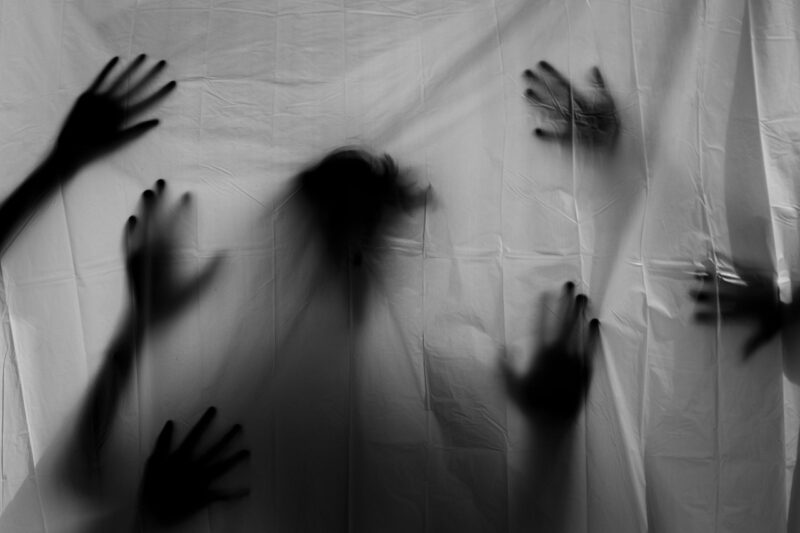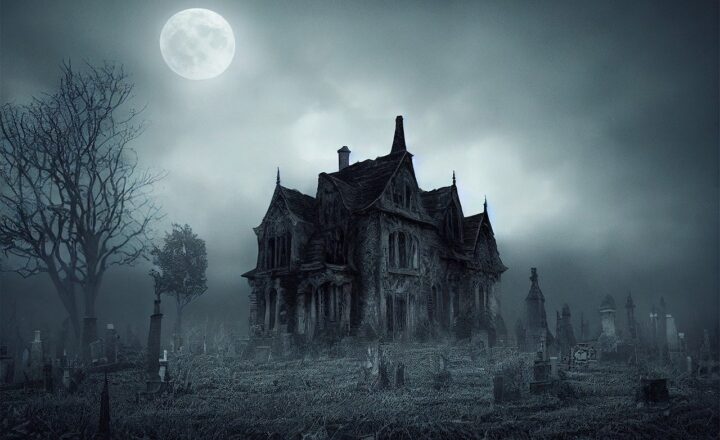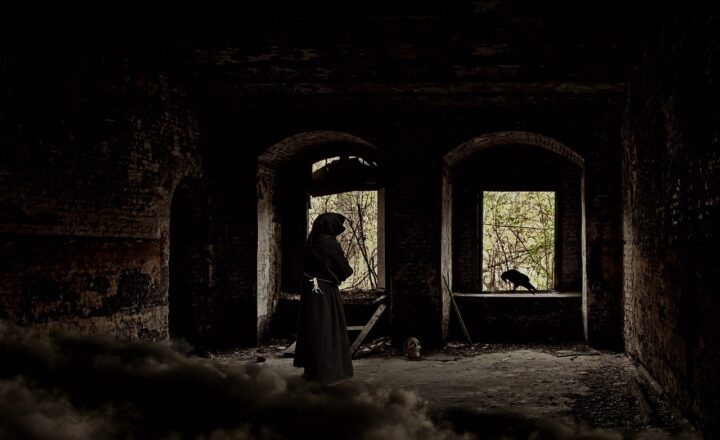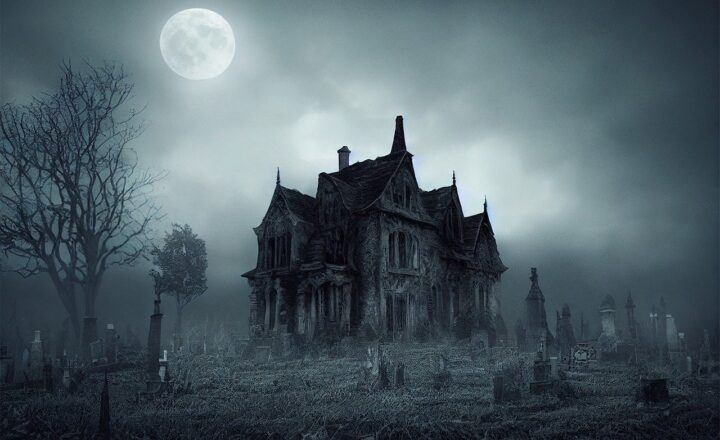The Creepiest Horror Movie Villains and the Psychology Behind Their Terrifying Personas
November 17, 2024

Horror movies have long captivated audiences with their ability to elicit fear and unease. At the heart of these films often lie the villains—characters designed to terrify us, prompting a visceral reaction that can last long after the credits roll. This article delves into some of the creepiest horror movie villains, exploring the psychological theories that underpin their terrifying personas and what makes them so indelible in our minds.
1. The Anatomy of a Horror Movie Villain
Before diving into specific characters, it’s essential to understand what makes a villain truly terrifying. The most memorable horror movie villains share common traits:
- Psychological Depth: Great villains often have complex backgrounds and motives that evoke both fear and sympathy. Their fears, trauma, or anger can resonate with audiences on a personal level, making them more relatable and frightening.
- Unpredictability: The unknown is a powerful tool in horror. When a villain’s actions are unpredictable, they elicit a heightened sense of anxiety and fear. Viewers are kept guessing, which amplifies the tension.
- Symbolism: Many villains symbolize deeper societal fears or taboo subjects. They can represent our anxieties about loss, despair, or the loss of control, turning their actions into a metaphorical reflection of our worst fears.
Understanding these elements helps to dissect why certain horror movie villains stick with us long after we finish watching.
2. Iconic Villains and Their Psychological Profiles
Let’s explore some of the most iconic horror movie villains:
A. Freddy Krueger from “A Nightmare on Elm Street”
Freddy Krueger is perhaps one of the most recognizable horror villains. As a child murderer who invades dreams, he embodies lost innocence and the horrors of trauma. His ability to manifest in the dreams of his victims speaks to a collective fear regarding what lurks in our subconscious.
*Psychological Aspect:*
Freddy symbolizes childhood fears and the perversion of safety associated with sleep. The idea that our most vulnerable moments can be invaded by a monster taps into deep-seated anxieties about loss of control.
B. Michael Myers from “Halloween”
Michael Myers is known for his emotionless face and relentless pursuit of victims. His character evokes a sense of terror through his silence and the chilling nature of his actions.
*Psychological Aspect:*
He represents the unknown and chaotic nature of evil. Often analyzed through the lens of psychopathy, Michael lacks empathy and remorse, making him terrifyingly unpredictable. Many viewers perceive him as a force of nature, further amplifying the fear he incites.
C. Pennywise from “It”
Pennywise is a shape-shifting entity that preys on the fears of children and adults alike. By taking the form of a clown—a figure usually associated with joy—Pennywise highlights the juxtaposition between safety and dread.
*Psychological Aspect:*
This villain takes on various forms, representing a multitude of fears. He embodies the idea that our deepest fears can take physical shape, manifesting in ways we can’t anticipate. The psychology behind fear of clowns (coulrophobia) also plays a part in his horror persona, pushing viewers to confront their darkest anxieties.
D. Norman Bates from “Psycho”
Norman Bates, emblematic of duality, captures both innocence and horror. The shocking twist revealing his psychological state keeps audiences reeling.
*Psychological Aspect:*
He represents the complexities of the human mind, embodying themes of identity, repression, and the impacts of trauma. Norman’s transformation into “Mother” represents the struggle between societal expectations and personal self, amplifying the notion that horror can be rooted in the mind.
3. The Cultural Impact of Horror Villains
The influence of horror villains transcends cinema, shaping cultural narratives and discussions around fear, morality, and societal taboos. These characters often reflect the societal anxieties of their time. For example, the rise of slasher films in the 1980s coincided with societal fears surrounding violence and youth. The portrayal of these villains oscillates between horror and fascination, making them subject to analysis in discussions around media, psychology, and cultural studies.
*Psychological Nomination:*
Villains like Jason Voorhees, Chucky, and Leatherface examine themes of vengeance, regret, and societal decay. They tap into primal fears surrounding family, companionship, and betrayal, making them potent symbols in the horror genre.
4. Conclusion: The Legacy of Horror Movie Villains
As horror movies continue to inspire and terrify, the villains of these stories remain potent figures that resonate with audiences. They reflect our anxieties, darkness, and subconscious fears. Their legacy permeates popular culture, reminding us that within the realm of fiction, we can explore the deepest parts of our psyche, face our fears, and question the nature of evil.
In dissecting the psychology behind these vile personalities, we gain insight not only into the characters themselves but also into our understanding of the human condition. The exploration of horror movie villains serves as a mirror, reflecting the fears we often hesitate to confront.
Final Thoughts
Horror movie villains, through their terrifying personas and tragic backstories, allow us to explore the darker corners of human nature while offering commentary on societal fears and individual psychology. As audiences continue to consume horror films, the significant impact and engagement with these villains will likely remain a focal point of discussions around fear, morality, and the enigmatic nature of evil itself.
What’s Your Favorite Horror Movie Villain?
Let us know which horror movie villains haunt your dreams and why they resonate with you in the comments below!








